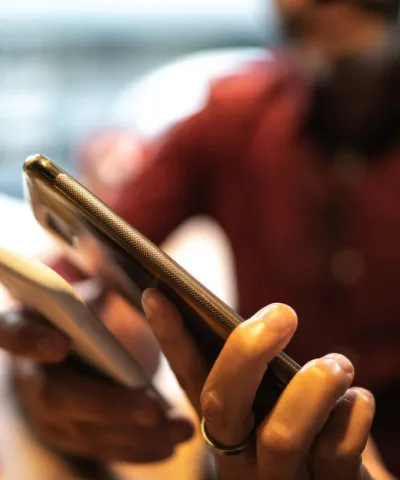Successful customer loyalty programs in different industries have a lot in common. Five characteristics set best practice examples apart from their peers: Simplicity, appeal, flexibility, personalization, and profitability. Banks can use these principles to launch new customer loyalty programs or improve existing ones.
Customer loyalty programs contribute significantly to revenue growth. For example, companies that have built a loyal customer base increase sales 2.5 times faster than their competitors. 84 percent of consumers say they are more likely to stay with a provider if a loyalty program exists. This is particularly relevant because returning customers are generally more likely to spend more than new customers. In addition, loyal customers are more inclined to recommend the company to others, contributing to new customer acquisition.
Yet 81 percent of companies have difficulty building a successful customer loyalty programs. Even though there are already many best-practice examples from which they could learn. Among other things, these show that a customer loyalty program must be both relevant to customers and financially rewarding for the company. In the following, we highlight five of the most important success factors that are also applicable to banks:
1. Customers want simplicity
A customer loyalty program should be easy to understand. There are various ways of reducing complexity, such as using illustrations, tables, and symbols to explain how the program works. The goal is to remove barriers to entry and guide customers along a clearly defined path.
Program designers often forget that they don’t need to share every detail with customers. Internally, a program can be as complex as it needs to be, but it must still be simple from the customer’s perspective. They don’t need to know about implicit mechanisms and complex algorithms that select the right time and channel to approach individual customers’ needs.
2. Attractive benefits as sign-up incentives
The program and the benefits need to be attractive for customers in order to sign up. A high cashback scheme is one way to make a loyalty program more attractive. Customers should also receive their first reward soon after signing up, and the next reward should seem within reach.
Besides monetary benefits, immaterial rewards can also make a program more attractive, such as invitations to events, special services, and gamification elements. Gamification increases interaction on the platform and can include competitions, progress bars, and prize draws.
3. Options increase flexibility
In an effective loyalty program, customers have the flexibility to choose how they earn or redeem points. For example, by earning and spending points with different partners and through a choice of channels. Customers can also have different activities available through which they accumulate points (e.g., trying new offers, subscribing to newsletters, and recommending the program to others).
4. Personalized contact
Some companies make use of data collected through customer loyalty programs for individualized offers. In this way, each customer receives tailored suggestions with maximum relevance. Customization also enables differentiation by offering the best benefits to the most valuable customers or those with high potential.
5. Controlling profitability with KPIs
A customer loyalty program must be profitable from the company’s perspective, meaning it should deliver a return on investment in the medium term. Companies should carefully consider how to set up their loyalty programs to achieve their goals.
One goal might be to influence individual customer behavior to make cross- and upselling easier. The program could include targeted incentives for customers to buy complementary products or products that will fill gaps in their coverage. A loyalty program’s success can be measured with designated KPIs, such as changes in the customer retention rate, customer lifetime value, or net promoter score.
Implications for banks
The market entry of new providers, such as Neobanks and fintechs, is increasing competitive pressure in the financial sector. Therefore, banks should now think about measures to retain existing customers and build long-term loyalty.
There are already some customer loyalty programs in the financial industry, for example UBS KeyClub, Citi ThankYou Rewards, eToro Club, and the RBC Rewards program. But many financial service providers limit their loyalty program to credit card transactions or only offer benefits for referrals.
The best practice examples mentioned above show what is possible - and you can draw inspiration from the five success factors when setting up or optimizing your own program.








